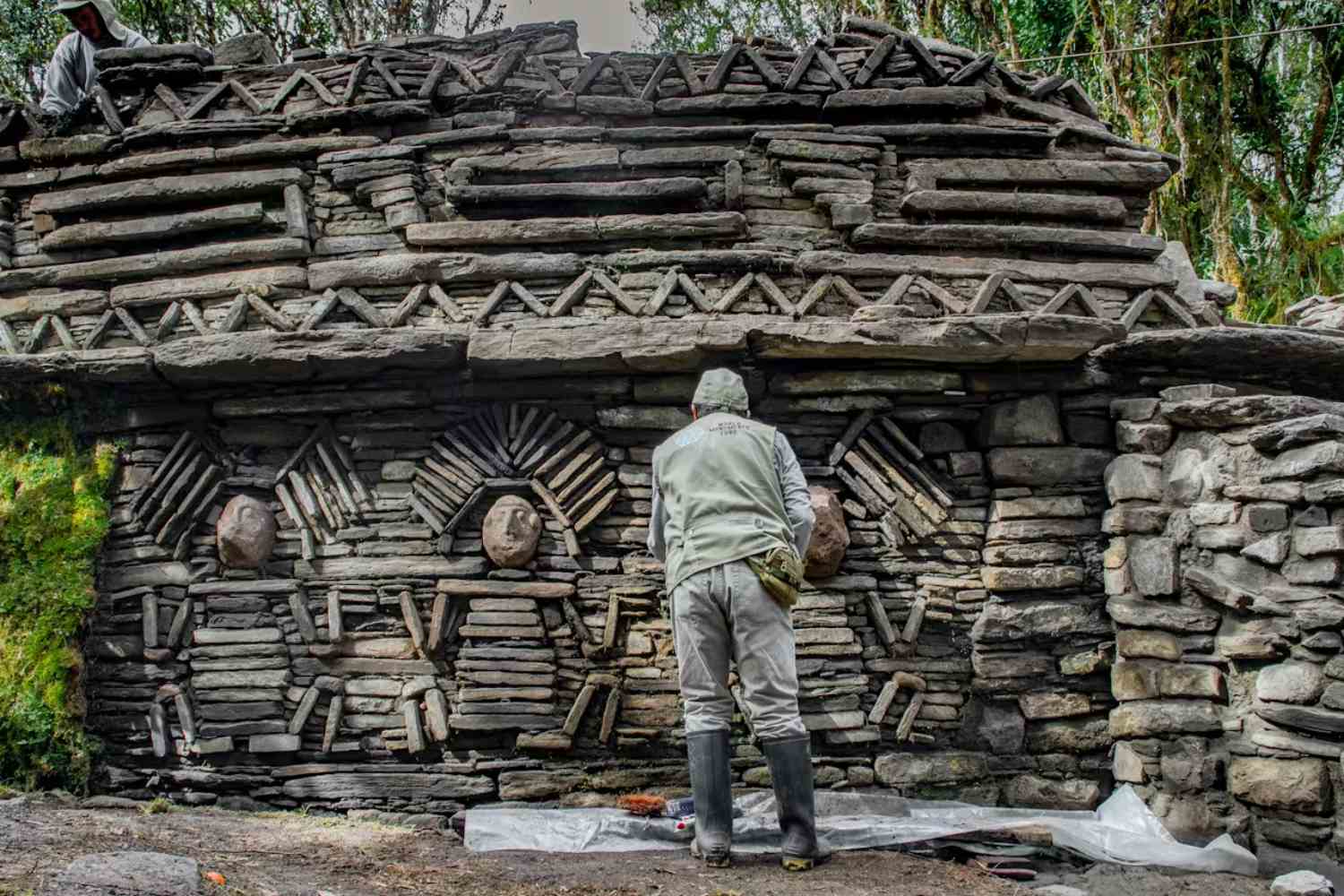Over 100 ancient Chachapoya structures discovered in Peru's Amazon using LiDAR technology reveal a vast network of pre-Hispanic settlements at Gran Pajatén archaeological site.

In the heart of the Peruvian Amazon rainforest, a new chapter of pre-Hispanic history has just opened: over 100 previously unknown archaeological structures have been identified at the Gran Pajatén site, one of the most fascinating complexes linked to the mysterious Chachapoya civilization. This discovery, announced by the World Monuments Fund (WMF), represents a significant leap forward in research conducted in the San Martín region, where only 26 buildings at the site were known until now.
The Chachapoya, also known as the “cloud forest people,” lived between the 7th and 16th centuries on the northeastern Peruvian Andean highlands, at altitudes reaching nearly 3.000m (9,843 feet). Their legacy is visible in elaborate urban centers, inaccessible funerary structures embedded in cliffs, and ceremonial buildings decorated with stone mosaics and geometric friezes.
Gran Pajatén was a crucial hub
The Gran Pajatén site was discovered in the 1960s, but it was only through a research campaign between 2022 and 2024 that its true potential emerged. Using cutting-edge technologies – including aerial LiDAR, photogrammetry, and manual topographic surveying – scholars managed to penetrate the dense vegetation without damaging the environment, precisely mapping a complex that now appears as part of an articulated network of settlements.
The new discoveries show that Gran Pajatén was not an isolated site, but a crucial hub in a larger system, connected through ancient pre-Hispanic trails to other sites like La Playa, Papayas, and Los Pinchudos. According to archaeologists, the Chachapoya presence in this area dates back at least to the 14th century, if not earlier.
The protection provided by Río Abiseo National Park, declared a UNESCO World Heritage Site, has enabled the conservation of these structures, which remained hidden for centuries under vegetation. Today, thanks to digital documentation produced by the WMF, the public can virtually explore this hidden treasure. A free exhibition at the Lima Art Museum accompanies the discovery, offering an overview of one of the most fascinating and still partially unknown Andean-Amazonian cultures.
